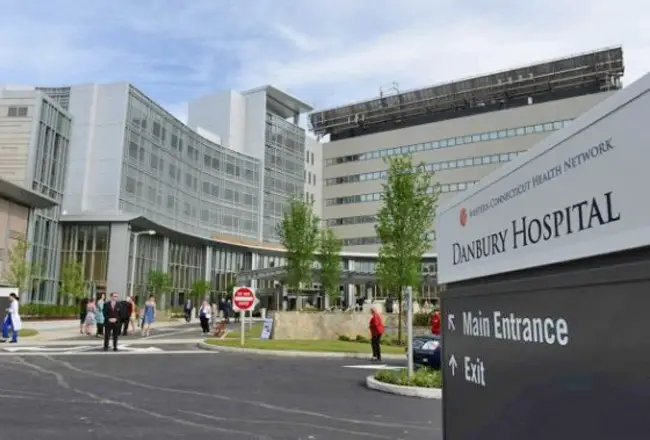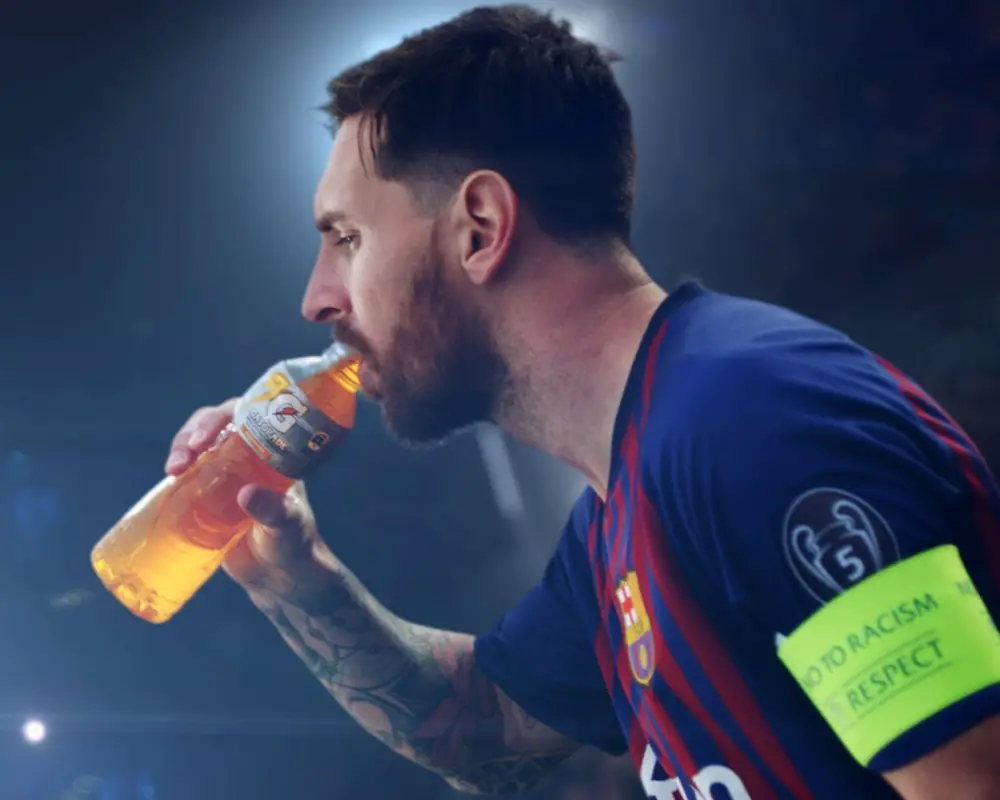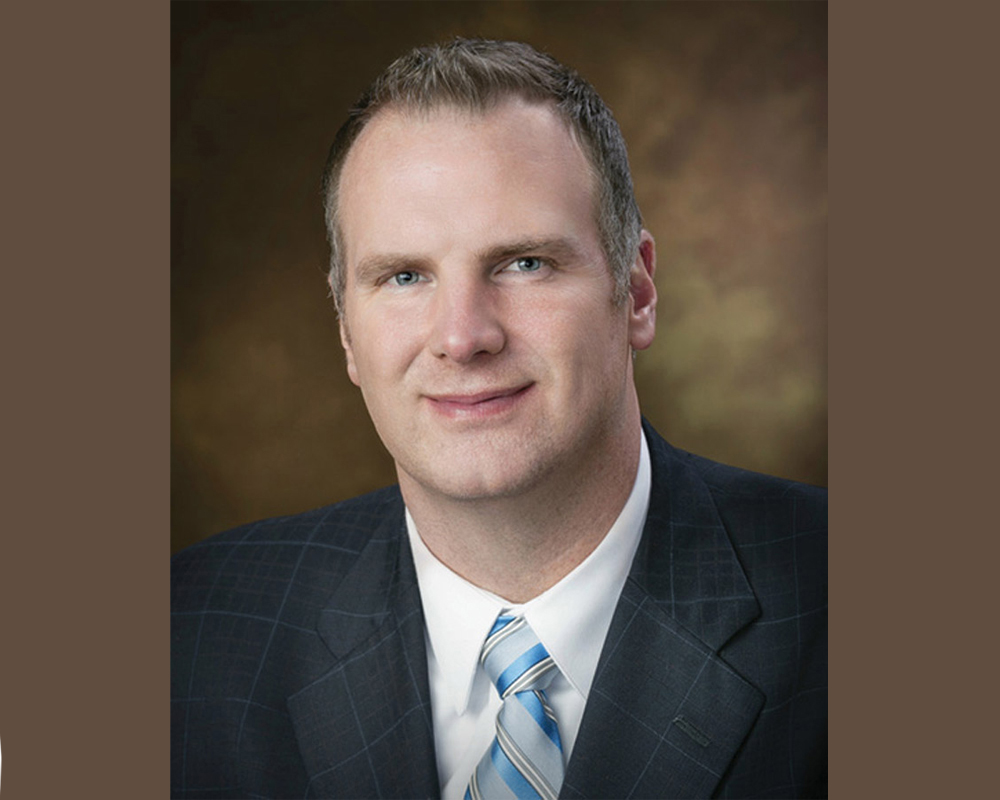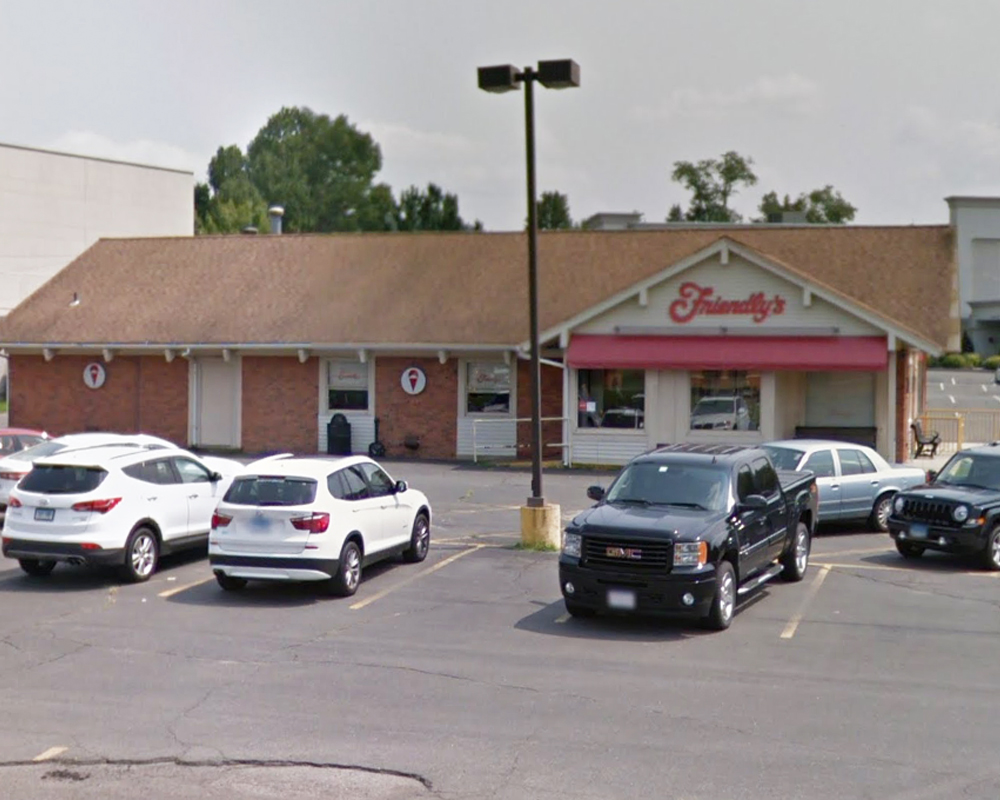 Robotic surgery may be somewhat commonplace when it comes to certain gynecological and organ replacement procedures, but it is still something of a rarity when it comes to cardiac operations.
Robotic surgery may be somewhat commonplace when it comes to certain gynecological and organ replacement procedures, but it is still something of a rarity when it comes to cardiac operations.
Danbury resident Tony Teixeira was able to take advantage of the fact that Danbury Hospital is the only one in the state offering robotic cardiac operations. That”™s because it has on its staff Dr. Robert Gallagher, the only board-certified cardiothoracic surgeon in Connecticut, with advanced expertise in robotic cardiac surgery.
Having experienced shortness of breath and persistent coughing fits ”” two of which caused him to pass out ”” for several months, the 49-year-old Teixeira visited Dr. John Pezzimenti, a board-certified medical hematologist/oncologist at Danbury Hospital, for what he thought would be a routine checkup. Pezzimenti, who had successfully treated Teixeira with radiation therapy for his Stage II Hodgkin”™s lymphoma 28 years earlier, referred him to cardiologist Dr. Harvey Kramer.
Kramer detected a heart murmur. While that is not unusual, Kramer felt that, given the patient”™s history of radiation therapy and his current symptoms, an echocardiogram and stress test were in order.
The echocardiogram revealed a 1/2-inch mass on the tricuspid valve, ultimately determined to be a papillary fibroelastoma (PFE) ”” a rare occurrence, especially as it was on the right side of the heart. PFEs usually occur on the left side where, if a piece breaks off and embolizes, it can travel to the brain and cause a stroke.
Although the worst that could happen if the right-side PFE broke off and embolized would be its getting trapped in the lung, it was decided that surgical removal was necessary. Teixeira turned to the internet to learn about open-heart surgery.
“I saw that it involved a 12-inch incision (and) breaking ribs,” he remarked.
When Kramer suggested he meet with Gallagher to discuss the robotic approach, Teixeira dutifully looked up that procedure and was happy to find that “everyone was so positive about it.” A January 2018 date was set.
Gallagher said he first got involved with robotic cardio procedures while serving as a senior attending cardiothoracic surgeon at Hartford Hospital. He founded the robotic cardiothoracic program there.
“I found out when it comes to (robotic cardiac surgery), trying to change the paradigm can be quite difficult ”” there can be a lot of resistance from the nursing staff, the OR and the administration,” he said.
Gallagher continued to stay abreast of developments in robotic cardiac procedures, starting with basic operations in 2004 and “little by little gaining experience and getting into more complex surgeries.”
Gallagher said experience is the best way of learning how to do such procedures, likening it to taking flying lessons. “There comes a point when the instructor takes his hands off the wheel and says, ”˜OK. Now you”™re doing it solo,”™ ” he said.
With more than 500 robotic cardiothoracic operations under his belt, Gallagher was confident that he could help Teixeira ”” although working up his treatment plan had to take into consideration his entire health history, including the radiation therapy.
“We were especially concerned about how he would heal from an open procedure because radiation is known to affect how someone heals,” Gallagher said. “We also knew that Tony didn”™t want the downtime required to recover from open heart surgery. With the robotic procedure, he would be home in about three days after surgery, versus five to seven days with an open procedure.”
The need for speed was partially due to the impending wedding of Teixeira”™s son in May. “Even if I”™d had the open-heart surgery, I still probably would have made it” to the wedding, Teixeira said. “But this seemed like the best way to go.”
Gallagher warned his patient that, should he detect unforeseen problems once he”™d gone in, he might have to change to an open-heart procedure.
During the five-hour surgery, Gallagher made five 8mm incisions in the right side of his patient”™s chest in order to access his heart, as well as small incisions in his leg (femoral) and neck (jugular) to connect a drainage tube to a heart/lung machine in order to circulate blood during the procedure.
Using the robot, through the small incisions in his chest, Gallagher accessed and opened the heart with instrumentation, and then opened the right atrium. He then resected the tumor. When the tumor tissue was removed, Gallagher closed the right atrium with a robotically assisted running stitch.
“The first thing I asked when I woke up, when Dr. Gallagher was taking the tubes out, was, ”˜Was it robotic or not?”™ “ Teixeira recounted. “And he told me that it was and that it was successful. I haven”™t coughed since.”
He was back to work four-and-a-half weeks after the operation and even went ziplining six months after the procedure. Needless to say, he was present at the wedding.
“He saved my life,” Teixeira said of Gallagher.






















